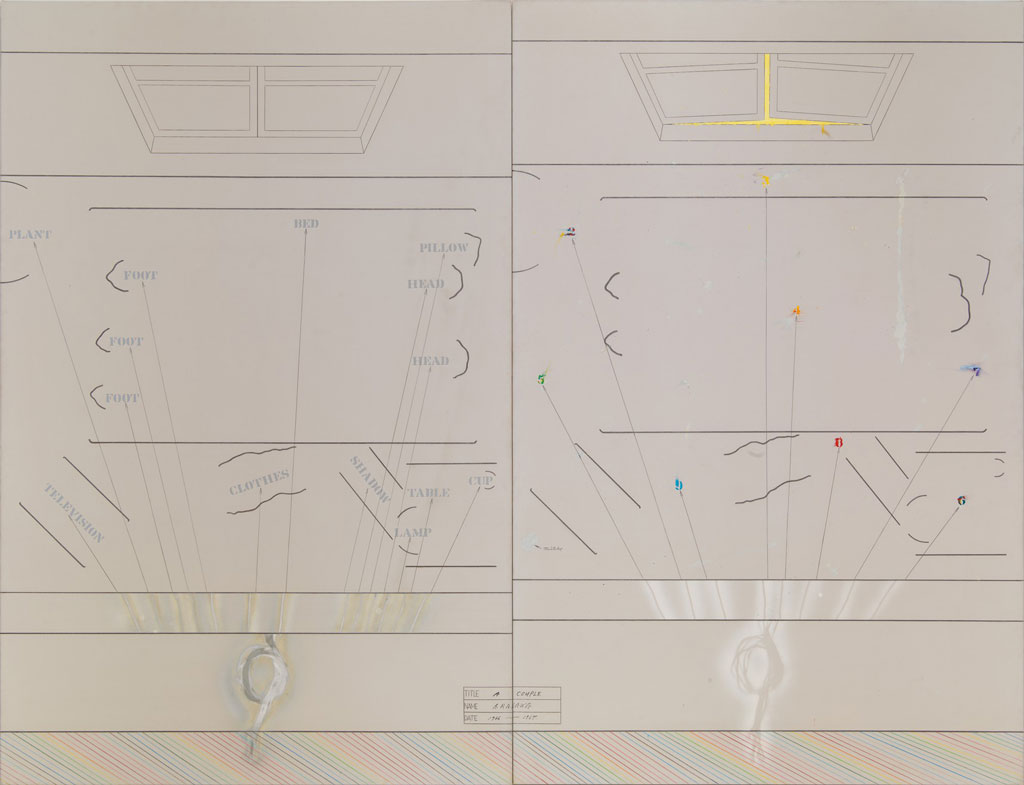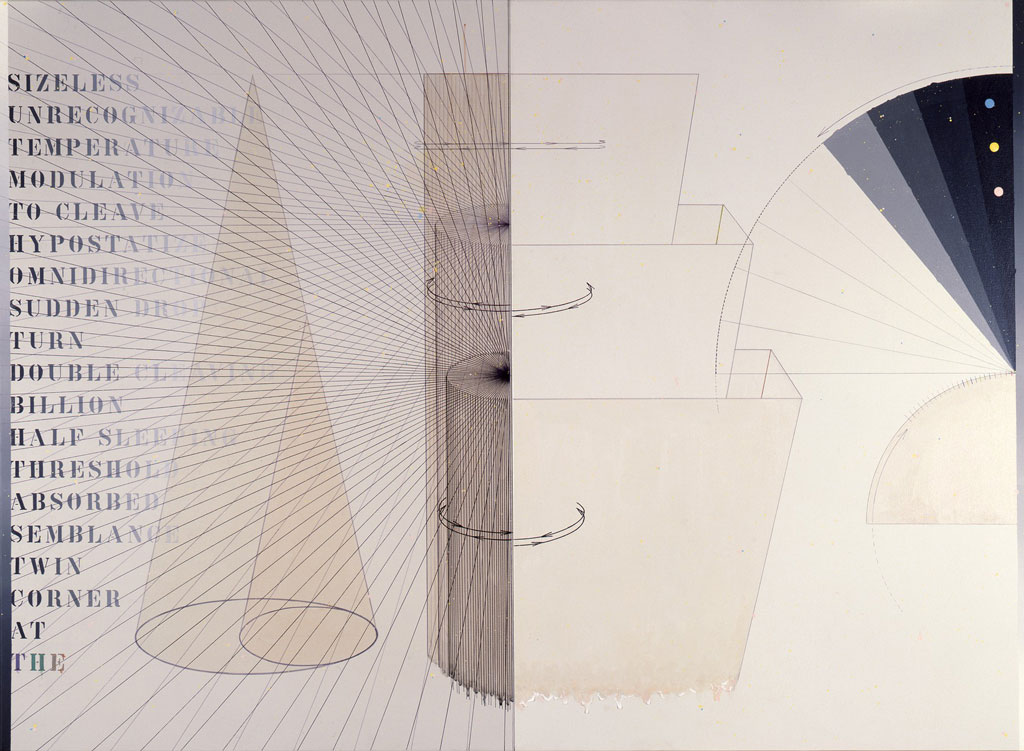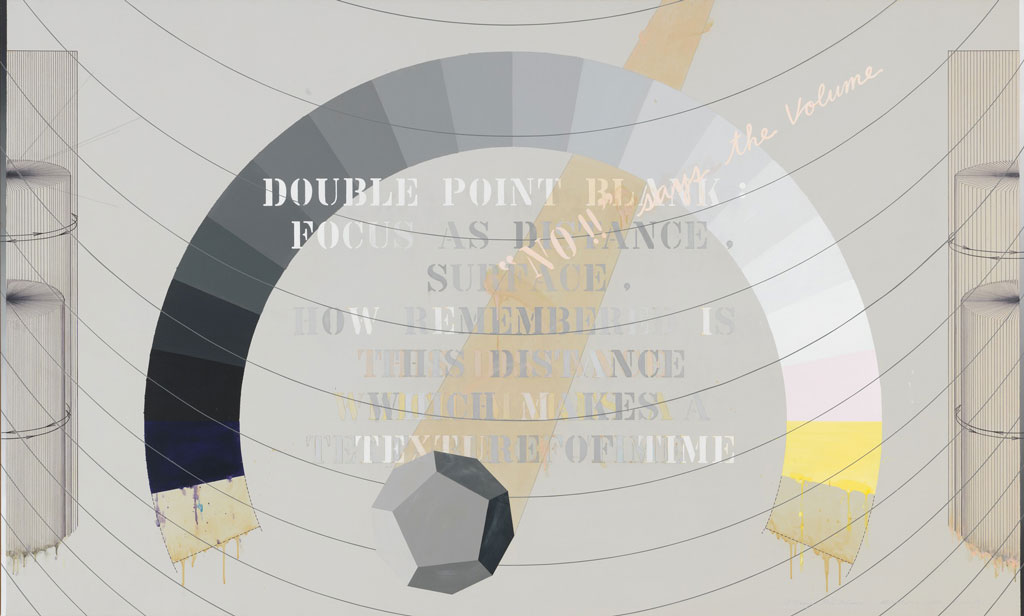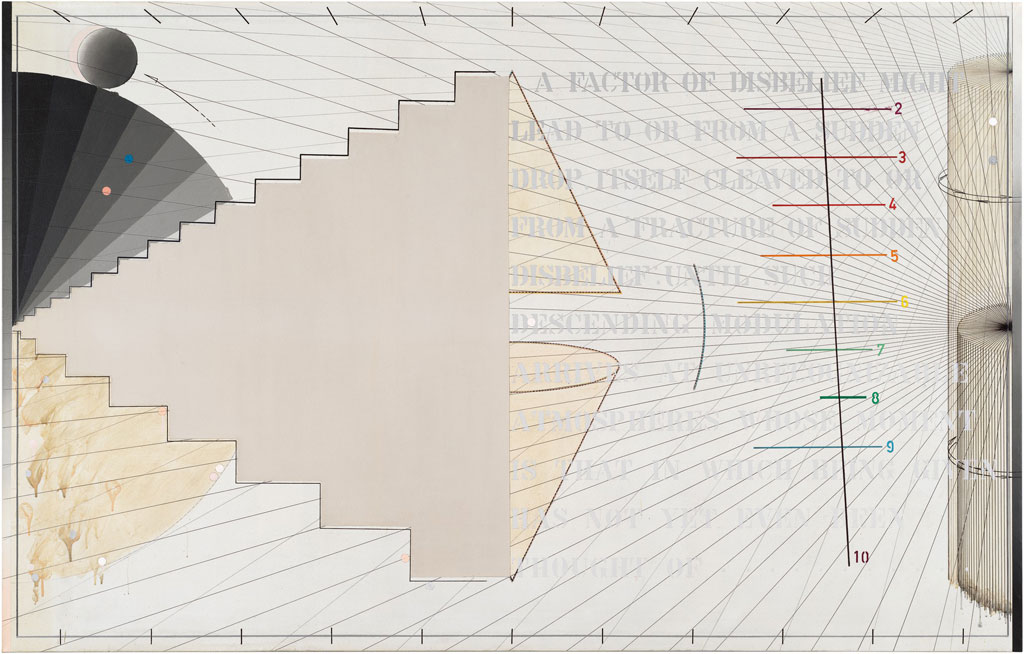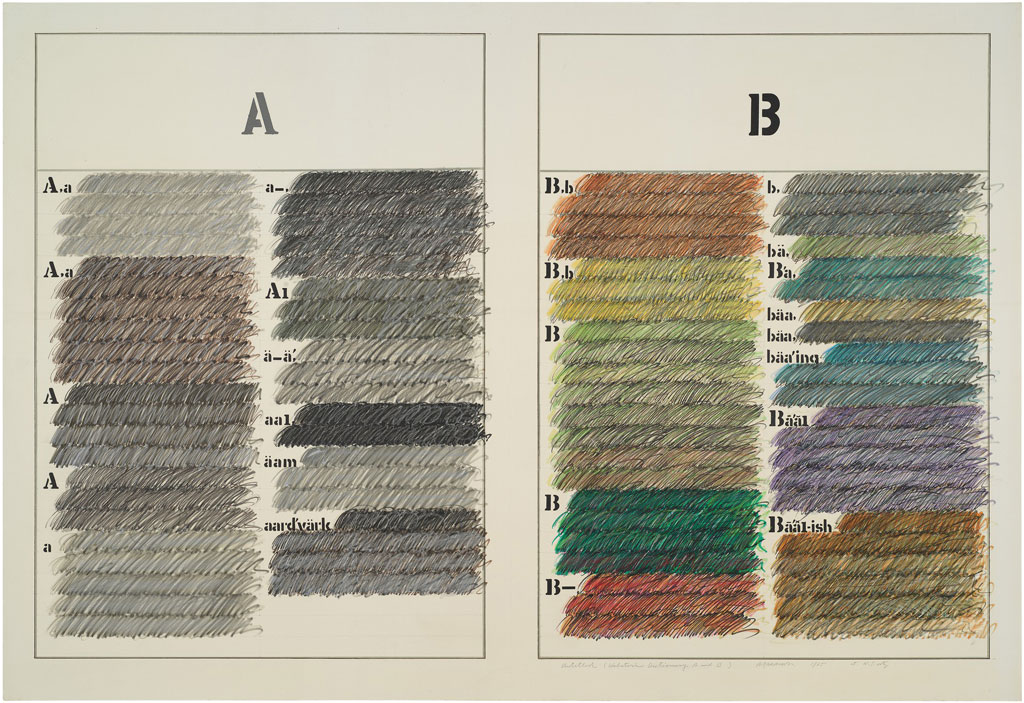ART CITIES:N.York-Shusaku Arakawa
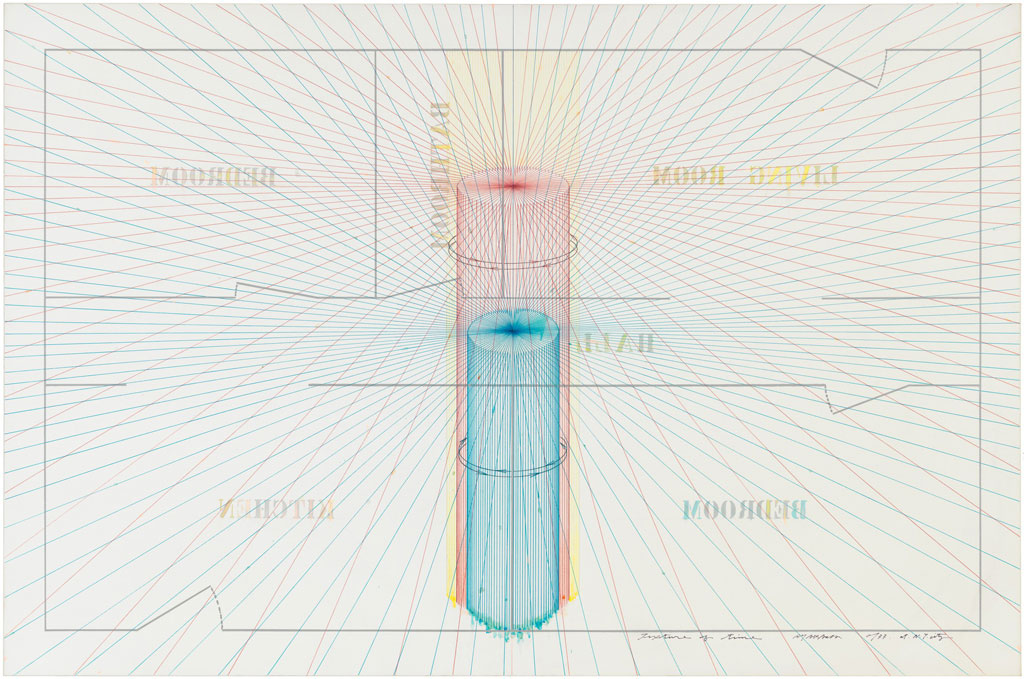 Renowned for his paintings, drawings, and prints, as well as his innovative architectural constructions, Shusaku Arakawa was one of the earliest practitioners of the Conceptual Art movement. After moving to New York from Japan in 1961, he produced diagrammatic paintings, drawings, and other conceptual works that employed systems of words and signs to both highlight and investigate the mechanics of human perception and knowledge.
Renowned for his paintings, drawings, and prints, as well as his innovative architectural constructions, Shusaku Arakawa was one of the earliest practitioners of the Conceptual Art movement. After moving to New York from Japan in 1961, he produced diagrammatic paintings, drawings, and other conceptual works that employed systems of words and signs to both highlight and investigate the mechanics of human perception and knowledge.
By Dimitris Lempesis
Photo: Gagosian Gallery Archive
In the exhibition “Diagrams for the Imagination” are on show works by Shusaku Arakawa, made between 1965 and 1984. Arakawa, who spoke of himself as an “eternal outsider” and “abstractionist of the distant future”, first studied mathematics and medicine at the University of Tokyo, and art at the Musashino Art University. He was a member of Tokyo’s Neo-Dadaism Organizers, a precursor to The Neo-Dada Movement. Arakawa’s early works were first displayed in the Yomiuri Independent Exhibition, a watershed event for postwar Japanese Avant-Garde. In 1961, he moved from Tokyo to New York, where he met John Cage, Marcel Duchamp, and writer/philosopher Madeline Gins, whom he married. By the mid-1960s, his work had taken a pivotal turn with the “diagram paintings” which combine words with highly schematic images suggestive of blueprints. He began exhibiting at Dwan Gallery in Los Angeles and New York, and was included in the legendary 1967 exhibition “Language to be looked at and/ or things to be read”. Over the decades that followed, Arakawa explored the workings of human consciousness, diagrammatic representation, and epistemology. Arakawa and Gins began to collaborate on a prodigious project called “The Mechanism of Meaning”, which melds physics, metaphysics, phenomenology and epistomology into a visual art form. A part of this series, approximately one-hundred panels, featuring images, texts, and objects, was first shown at the Venice Biennale in 1970. This exhibition examines the period during which Arakawa worked in two dimensions, using paint, ink, graphite, and assemblage on canvas and paper to demonstrate the logic of meaning, the texture of meaning. From the mid-1960s onward, Arakawa began to augment the simple topography of his diagrams with additional referents, sometimes engaging other sensory faculty or using prompts and instructions to make the viewing of painting into an active endeavor. In “A Couple” (1966-67), the bird’s-eye view of a bedroom is mapped out: bed, table, pillow, head, foot, lamp. The image shows only the places where the corresponding physical elements would be, had “a couple” been literally depicted. In this way, the painting becomes a catalyst for the viewer to independently construct an image of a couple in the mind’s eye, rather than receive its depiction directly from the painting. “Blank Lines or Topological Bathing” (1980–81) comprises four canvases: a color chart; a vision test chart; and two patterned, off-white canvases, one of which is stenciled with the words “THE PERCEIVING OF ONESELF AS BLANK”. Signs and diagrammatic shapes such as cylinders, arrows, and concentric circles mingle with words and phrases, abstract and semiological signals coming together on the canvas. Arakawa constructed these systems of words and signs to both highlight and investigate the mechanics of human perception and knowledge. Working often with Madeline Gins, his wife and collaborator, Arakawa turned his attention primarily to architecture after 1990, and, in 2010, he and Gins founded the Reversible Destiny Foundation. In his work, the image is often merely a stimulus, as the ultimate act of representation is displaced from the canvas, or object, to the imagination of the viewer, opening up a gap between the eye and the mind.
Info: Gagosian Gallery, 980 Madison Avenue, New York, Duration: 5/3-13/4/19, Days & Hours: Mon-Sat 10:00-18:00, https://gagosian.com
